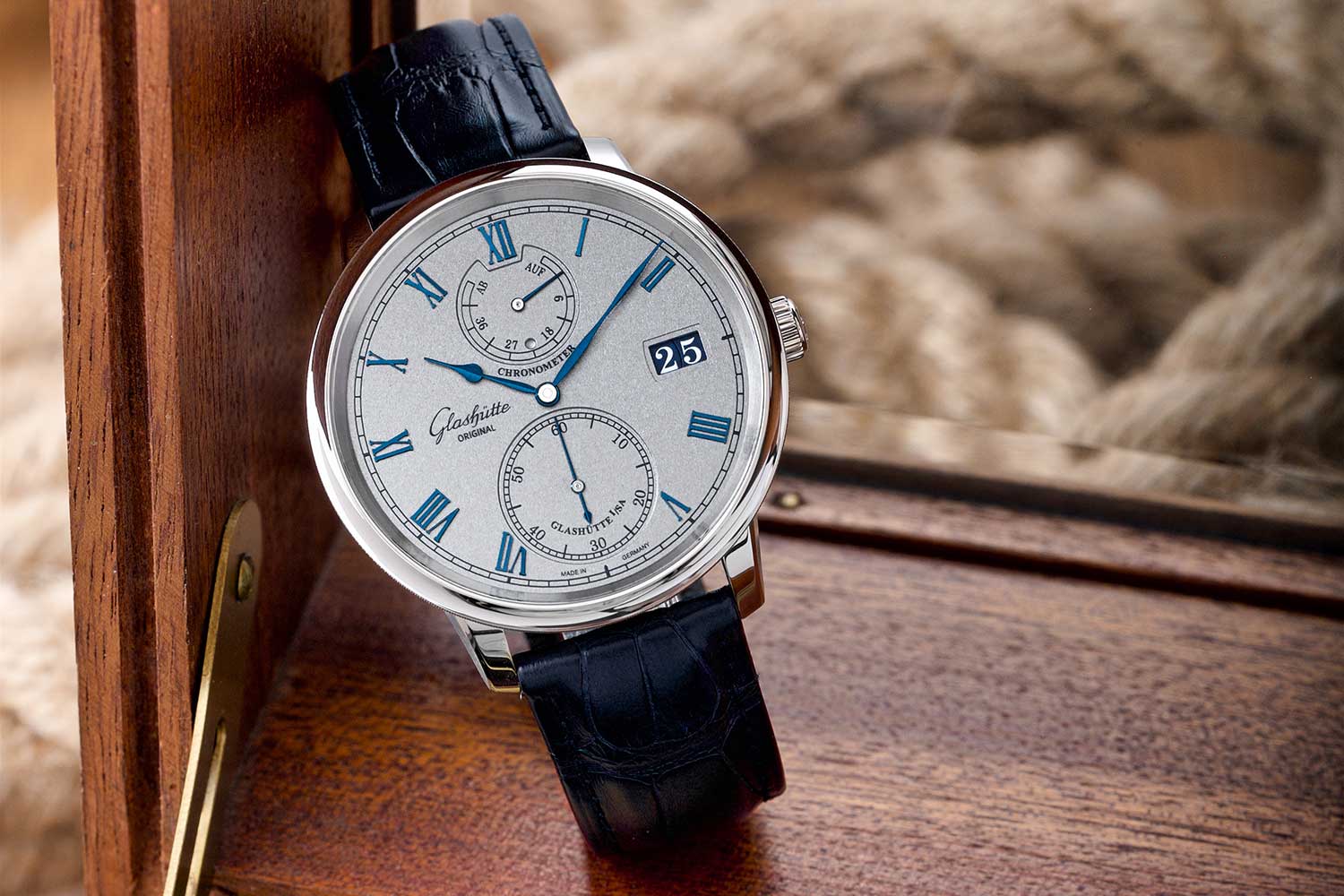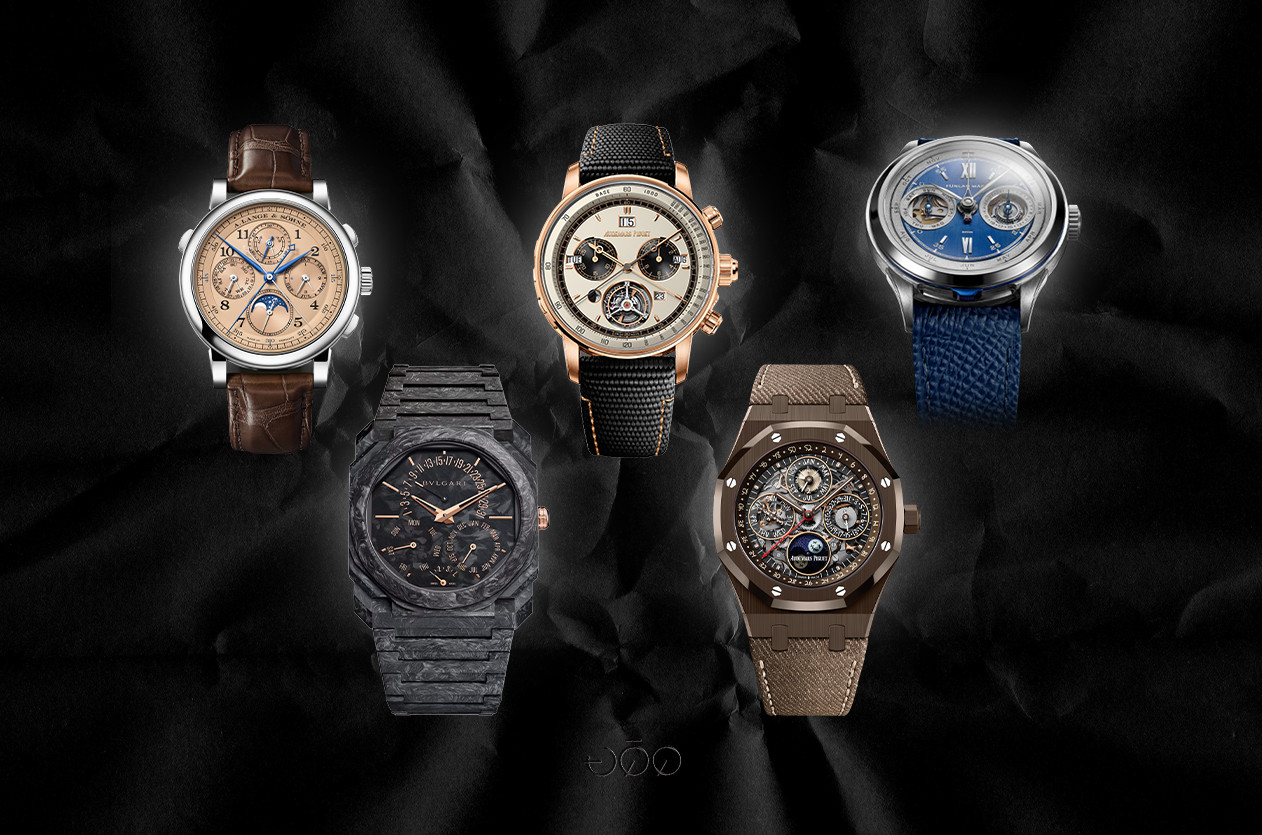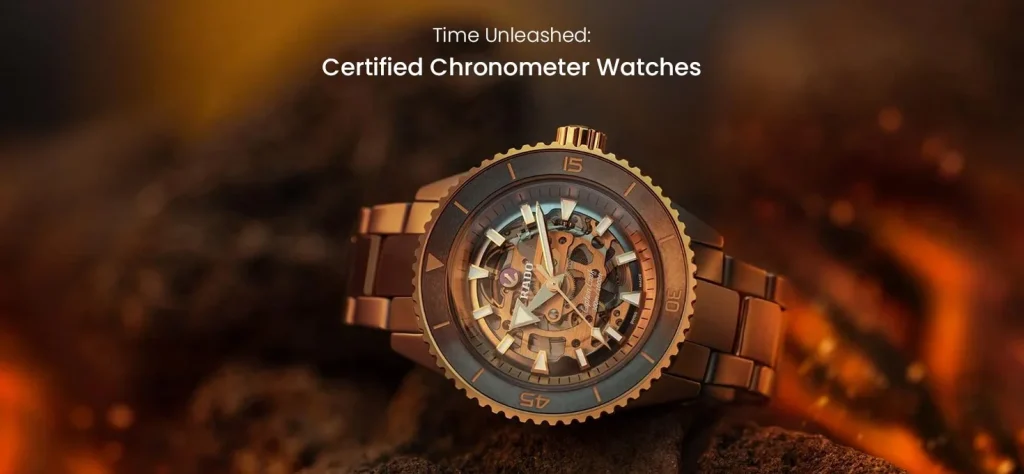Blog
“The Allure of Chronometers: Precision at Its Finest”
In the world of horology, precision is paramount, and few watches represent this commitment to accuracy better than chronometers. These timepieces have earned a reputation for their exceptional performance and reliability, often becoming the gold standard for enthusiasts and collectors alike. But what makes chronometers so alluring? And why do watch lovers covet them? In this article, we explore the fascinating world of chronometers, from their history to their modern-day significance, and why they remain the epitome of fine watchmaking.
What is a Chronometer?
A chronometer is a timepiece that has passed rigorous testing to meet specific standards of accuracy and precision. These tests are conducted by official organizations, such as the Swiss Official Chronometer Testing Institute (COSC), to ensure the watch performs within a certain margin of error—usually no more than a few seconds per day. The term “chronometer” is reserved for watches that have earned this certification, distinguishing them from regular timepieces.
While all chronometers are watches, not all watches are chronometers. To achieve chronometer status, a watch must undergo a battery of tests in various positions and temperatures to assess its accuracy in different conditions. This level of scrutiny ensures that only the most reliable and precise timepieces can claim the chronometer title.
The History of Chronometers: A Legacy of Innovation
The journey of the chronometer began long before the modern-day testing systems were in place. The need for reliable timekeeping became critical during the Age of Exploration, when sailors were navigating vast, uncharted seas. Inaccurate timekeeping could lead to disastrous consequences, so the development of precise maritime clocks became a priority.
One of the most significant milestones in the evolution of chronometers came in 1761, when English watchmaker John Arnold perfected the marine chronometer. Arnold’s work revolutionized navigation by enabling sailors to determine longitude more accurately, reducing the risk of shipwrecks and improving global exploration. His innovations laid the groundwork for future chronometers, and his legacy is still revered by horologists today.

The Role of Chronometers in Modern Watchmaking
In today’s world, chronometers are seen as the pinnacle of watchmaking excellence. While modern technology has made it possible for watches to be incredibly accurate without the need for the certification, the chronometer remains a symbol of craftsmanship, tradition, and precision. The distinction of being a certified chronometer represents the watchmaker’s commitment to quality and their dedication to upholding the highest standards in horology.
Today, chronometers are highly coveted by collectors and enthusiasts for their exceptional performance and historical significance. Many luxury brands, including Rolex, Omega, and Patek Philippe, produce chronometers, and these models often become some of the most iconic and sought-after watches in the market.
How Chronometers Are Tested and Certified
To achieve chronometer status, a watch must undergo an extensive series of tests to ensure it meets the required accuracy standards. These tests are usually performed by the COSC or other official organizations, depending on the country of manufacture. The process typically involves the following steps:
1. Testing for Accuracy
The watch is tested over several days, with its accuracy measured in different positions (e.g., crown up, crown down) and at various temperatures. The watch must demonstrate consistent performance, maintaining an average daily error of no more than -4/+6 seconds.
2. Temperature Variations
Chronometer testing also evaluates how well the watch performs in various temperature conditions. Temperature fluctuations can cause metal to expand or contract, which could impact a watch’s accuracy. A chronometer must maintain its precision in these conditions.
3. Positioning
The watch is placed in different positions to test how it maintains accuracy when worn on the wrist or laid on a flat surface. This ensures that the timepiece remains reliable in real-life situations.
Why Chronometers Are So Coveted
1. Unmatched Precision
At the heart of the allure of chronometers is their unparalleled precision. These timepieces undergo some of the most stringent testing in the world, ensuring they are accurate to within a few seconds per day. For collectors and watch enthusiasts, owning a chronometer is a mark of distinction, representing a commitment to quality and performance.
2. Craftsmanship and Tradition
Chronometers are more than just accurate watches—they are a testament to the craftsmanship and innovation that has been refined over centuries. The process of creating a chronometer requires skill, patience, and expertise. Watchmakers who create these timepieces are masters of their craft, often combining traditional techniques with modern technology to create a product that’s both functional and beautiful.
3. Exclusivity
Because of the rigorous testing process, not all watches can be classified as chronometers. This exclusivity makes chronometer-certified watches highly desirable. Owning one is a symbol of refined taste and a true appreciation for horological excellence.
4. Durability and Longevity
Many chronometers are designed with durability in mind, using high-quality materials and reliable movements. This makes them not only accurate but also long-lasting. A well-maintained chronometer can last for decades, becoming an heirloom passed down through generations.

Iconic Chronometer Watches
Several watchmakers have become synonymous with chronometers, and their models are widely regarded as some of the finest in the industry. Here are a few standout chronometer watches:
1. Rolex Daytona
The Rolex Daytona is one of the most iconic chronometers in the world. Known for its precision and stylish design, the Daytona has become a symbol of both luxury and performance. It’s particularly coveted by racing enthusiasts, as its chronometer-certified movement offers unbeatable accuracy.
2. Omega Seamaster Diver 300M
Omega’s Seamaster Diver 300M is another renowned chronometer that blends exceptional performance with elegant design. Famous for being worn by James Bond in the movie “GoldenEye,” this model is water-resistant and incredibly accurate, making it perfect for both diving and everyday wear.
3. Patek Philippe Calatrava
A classic in the world of luxury watches, the Patek Philippe Calatrava offers a chronometer-certified movement within a refined and elegant design. It’s perfect for those who value both precision and sophistication.
4. Audemars Piguet Royal Oak Offshore
Known for its bold and innovative design, the Audemars Piguet Royal Oak Offshore is also a chronometer-certified watch, blending avant-garde aesthetics with high-performance mechanics.
Conclusion
Chronometers represent the pinnacle of precision in watchmaking, combining cutting-edge technology, historical significance, and exceptional craftsmanship. These timepieces are not just about telling time—they embody a legacy of innovation and accuracy that continues to captivate watch collectors and enthusiasts around the world. Whether you’re an avid collector or simply someone who appreciates the art of horology, a chronometer-certified watch is a symbol of excellence that will stand the test of time.

